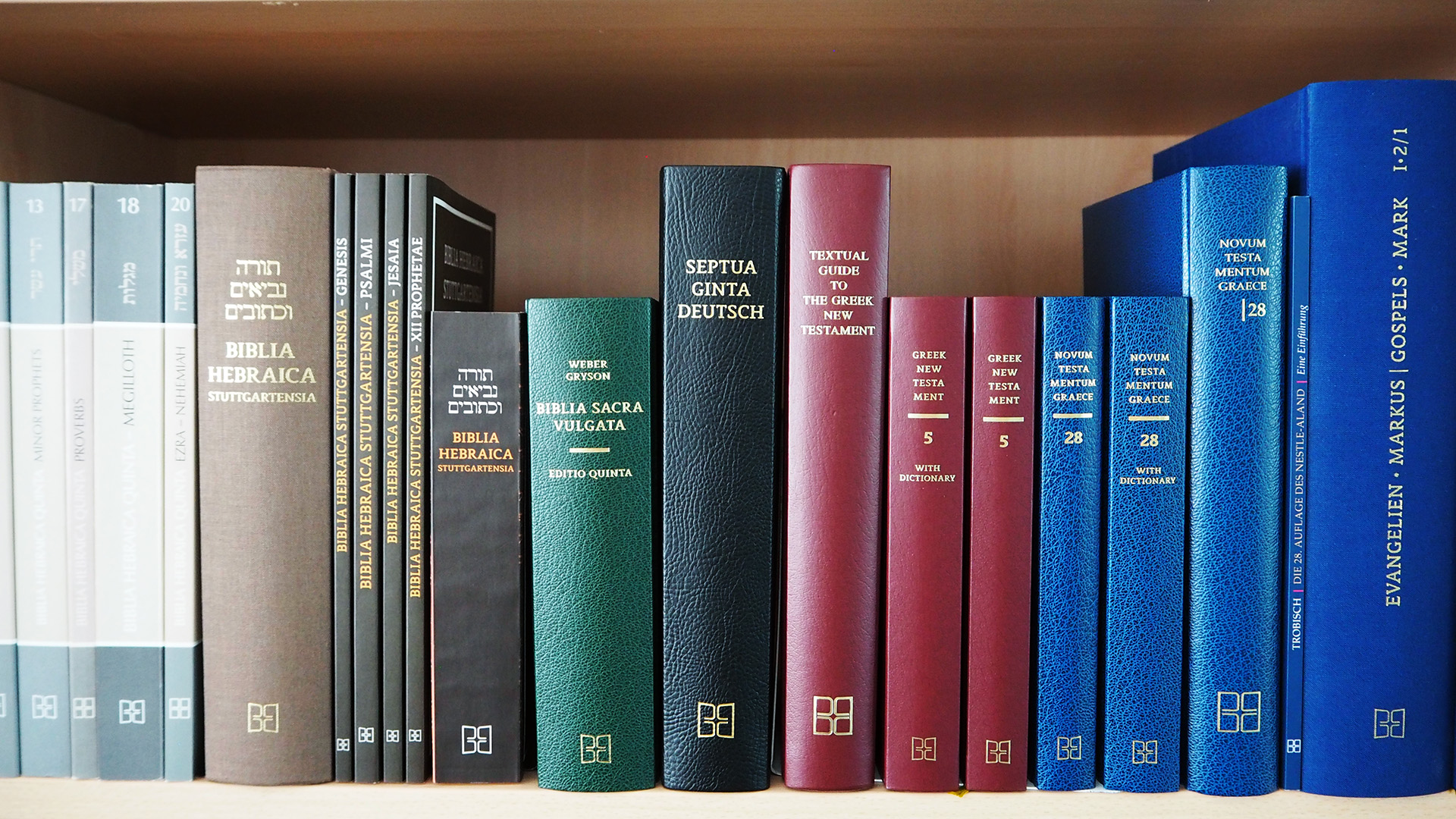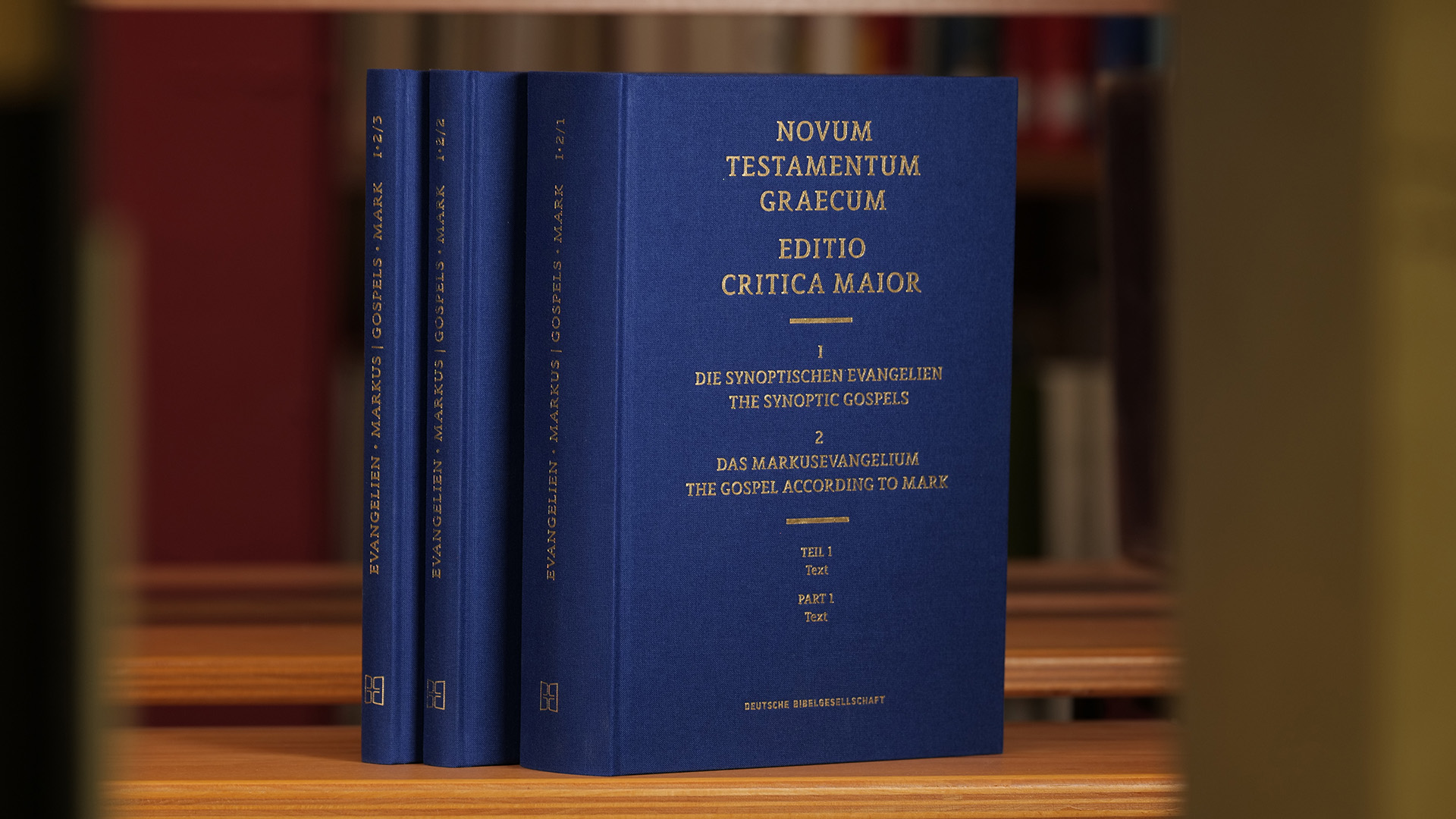Read and discover the Bible
Discover Academic Bible
Your website for online Bible study
Academic-bible.com is the leading website for academic Bible study. It provides free access to the original Bible texts in Greek and Hebrew, published by the German Bible Society, in addition to English and German Bible translations.
Read academic Bible text online
Every word matters in academic biblical research! Therefore, you should not merely be content with the first result of an Internet search for a biblical text. Our online Bibles are the official Internet editions of individual academic biblical texts. They are always the most up to date versions. This is only possible because the German Bible Society oversees these editions itself as publisher.




